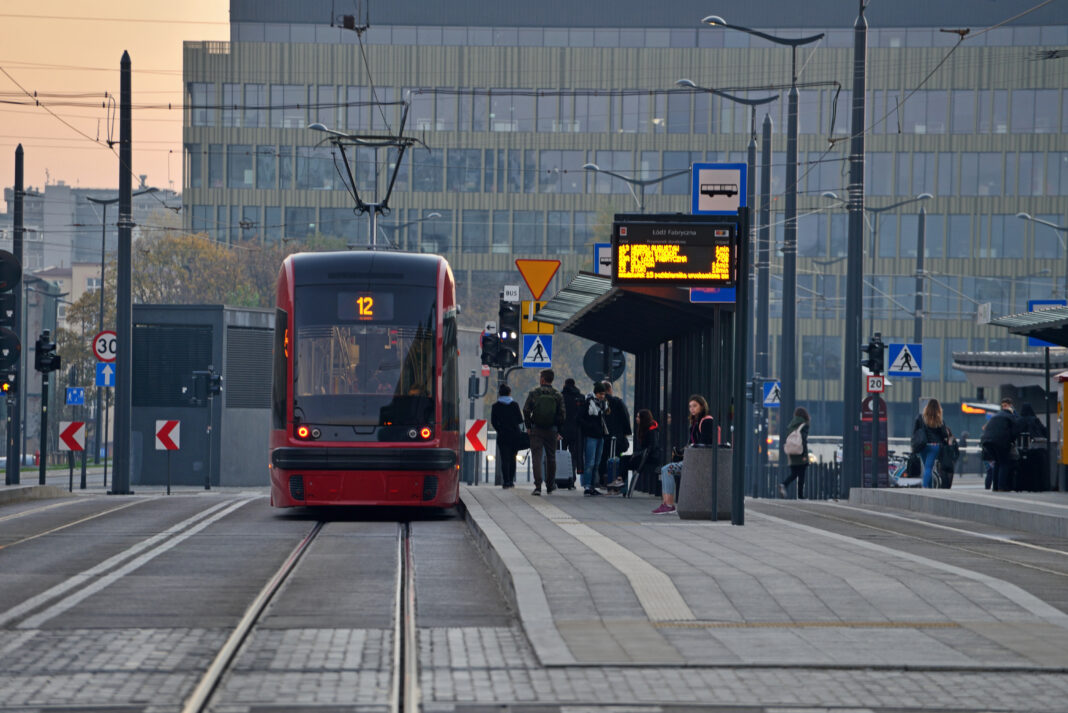When we talk about city transportation of the future, we often imagine futuristic visions requiring costly investments. However, we tend to forget that enormous possibilities lie within our reach, utilizing existing technologies, infrastructure, and equipment.
The “City in Motion” project, carried out by the Institute of Civic Affairs, is dedicated to finding such significant improvements, accessible from today. Let’s take a short journey through a city of the very near future…
Genesis of the Project
Łódź, one of Poland’s largest cities, has been struggling with serious transportation problems for a long time. Despite significant funds being allocated to repairs and modernization, public transport has been losing passengers to individual car transportation for many years. Increasingly congested streets and housing estates, where green areas slowly give way to expanding parking spaces, are the price residents pay for the decreasing popularity of trams and buses.
When it became clear that large, costly investments in infrastructure were not enough to stop these negative trends, grassroots, civic initiatives began to emerge, aimed at steering cities towards more ecological development.
One such initiative is the “City in Motion” project, started in 2022 by the Łódź-based Institute of Civic Affairs – a non-governmental organization that has been actively working on a national scale for nearly twenty years in the fields of ecological economy, social health, and civic awareness.
The goal of the project is to identify the causes of mounting problems and to formulate recommendations for the City Office that would bring quick and tangible effects for everyone. I joined this valuable initiative in April 2023.
We rely on two main sources of knowledge: consultations with specialists, and cooperation with local activists who have been working for years towards an ecological city. Gaining social support for the proposed changes is extremely important. Therefore, we share this knowledge with society through electronic media and our printed, social newspaper “Civic Activity”.
The project is financed by Iceland, Liechtenstein, and Norway through the EEA and Norwegian Funds, under the Active Citizens – Regional Fund Program. Although its implementation is still ongoing, we can already share some significant findings.
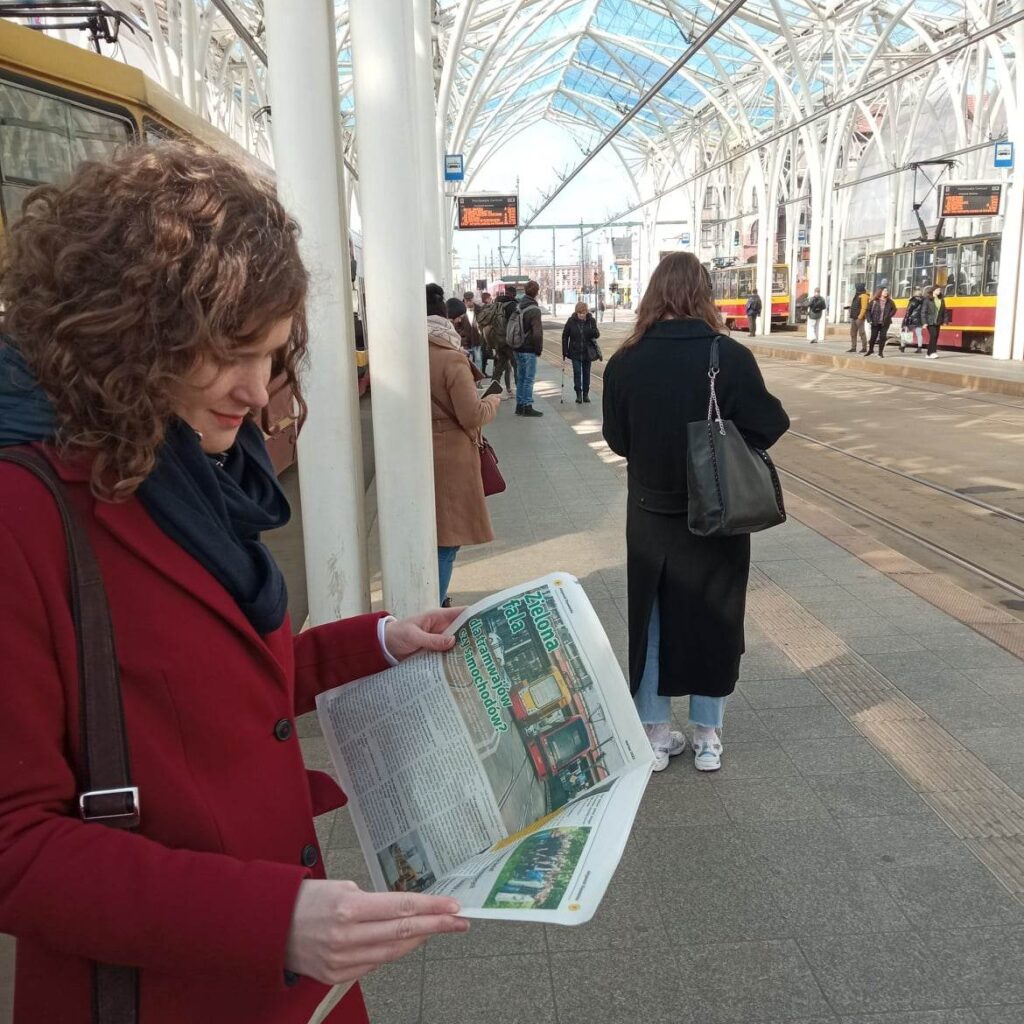
Photo by Łukasz Kamiński
Green Wave for Public Transport
A green wave is the arrangement of traffic lights at intersections to allow public transport vehicles to stop only at stations, avoiding additional stops at red lights.
In Łódź, we recommend introducing a green wave for trams first, as this ecological vehicle forms the basis of the city’s public transport. What benefits can such a change bring?
Let me quote Grzegorz Madrjas, an expert who has been managing the tramway development planning area in Warsaw Trams for several years and participated in implementing such a solution in Warsaw.
– The green wave is a system where a tram gains the ability to travel when it needs to (…) The primary benefit of the green wave is therefore the reduction of passengers’ travel time, but that’s not the only saving. We also save electric energy. According to our studies, energy consumption on a given route decreases by ten to fifteen percent (…). Other system operation costs also decrease. Our analysis shows that after introducing priorities at 70% of intersections, we managed to reduce the need for tram rolling stock by about 30 trains (sets) – which means we can do the same work with fewer trams (…) (source – Civic Affairs Weekly)
What time savings can we expect? According to analyses by Jarosław Szustek, a traffic engineering specialist at Warsaw Trams, Łódź can expect a reduction in tram travel times of even 30-40%.
To make use of the green wave, the city must have an electronic traffic control system, consisting of computers and sensors installed along tram routes, indicating the precise location of each vehicle. There are also increasingly advanced systems based on satellite navigation.
The system must be flexible – for example, if a tram is slightly delayed, the light phases adjust to the new situation.
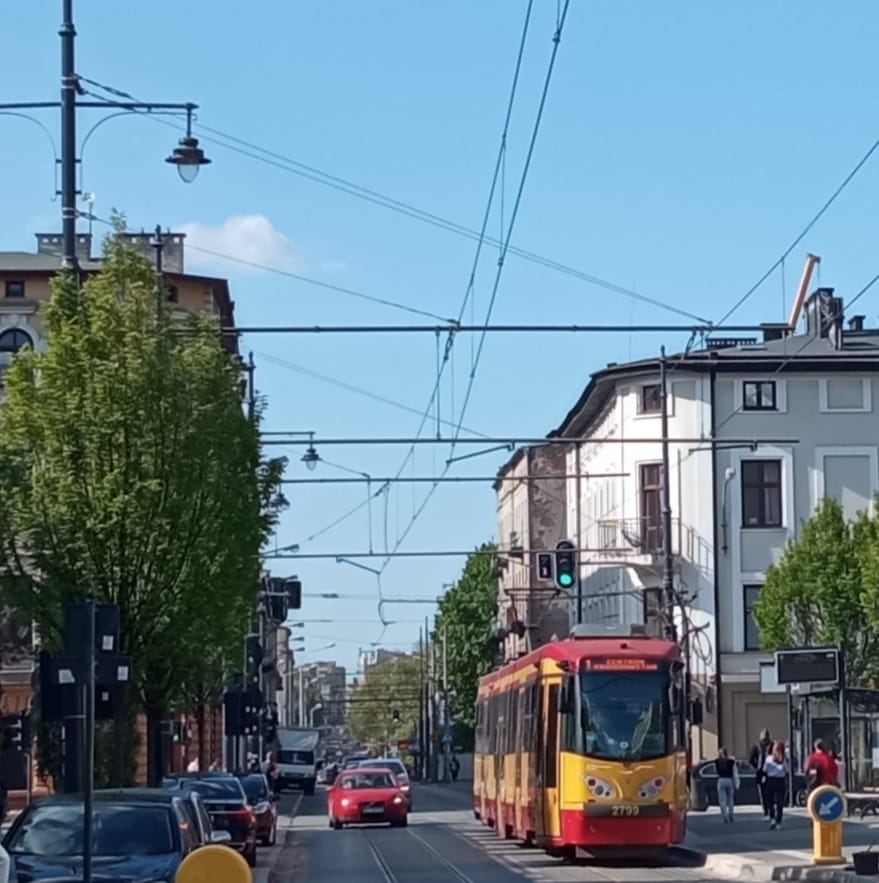
Photo by Łukasz Kamiński
Why was the green wave for trams successfully introduced in Warsaw but not in Łódź? Was it due to a lack of funds or technological delay? On the contrary Łódź has a more technically advanced traffic control system than the one in Warsaw. The problem in Łódź is the lack of a bold decision to introduce a decisive priority for public transport. In many places, throughput for cars is more important, so the traffic lights are set so that only at some intersections and sections do trams not make additional stops at red lights.
Punctuality and Frequency – Keys to Success
Another recommendation is to improve the frequency of vehicle services. Comparisons of timetables made by our cooperating Łódź activists clearly indicate that this parameter has been steadily worsening for many years. A tram on an important line connecting a large estate with the city center running every 15 minutes or a bus on a peripheral route running once every half hour is not an offer that can encourage anyone to switch from a car to public transport.
Let me illustrate this simply and vividly:
If you need to get to work by a bus running every half hour and leave your home 3 minutes later than planned, you will probably be half an hour late for work. If you commute in your own car, in a similar situation, you’ll only be about 3 minutes late. The situation is further worsened by potential transfers.
The lack of punctuality also erodes public trust in urban transport.
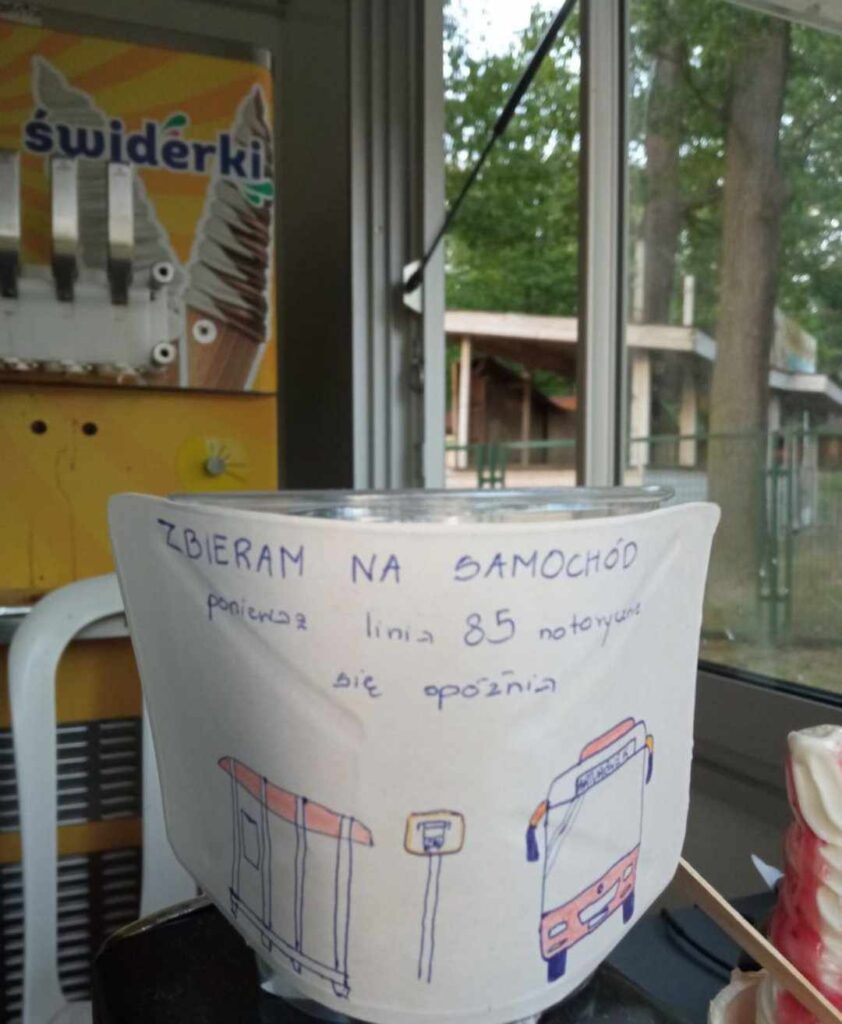
Photo by Łukasz Kamiński
Both punctuality and frequency depend not only on the involved technologies and invested money but primarily on the courage in decision-making. For example, if we create a dedicated bus lane at the expense of space for private cars on a section of the street under reconstruction, then buses won’t be delayed in traffic behind cars. The same buses, instead of losing time in traffic, can perform real transport work, thus increasing the frequency of services.
Of course, often for better throughput, the purchase of additional vehicles is necessary, but it is still an action within the framework of better utilization of existing infrastructure – much cheaper than building new communication lines from scratch.
These examples show that technology alone will not solve our urban problems. The most important thing is a coherent vision of the city and its transport and decisive and bold actions, for which social support must also be developed.
Meanwhile, many governments and local authorities around the world still act as if problems like a lack of vision, courage, and social readiness for change could be buried under large sums of money and high technology.
That is not the way to go.
That’s why we need more initiatives like our Łódź project “City in Motion” in the world.
You can find more materials dedicated to this project on the website of the Institute of Civic Affairs.







